Objectives: Respect customs and optimize local resources
Actions:
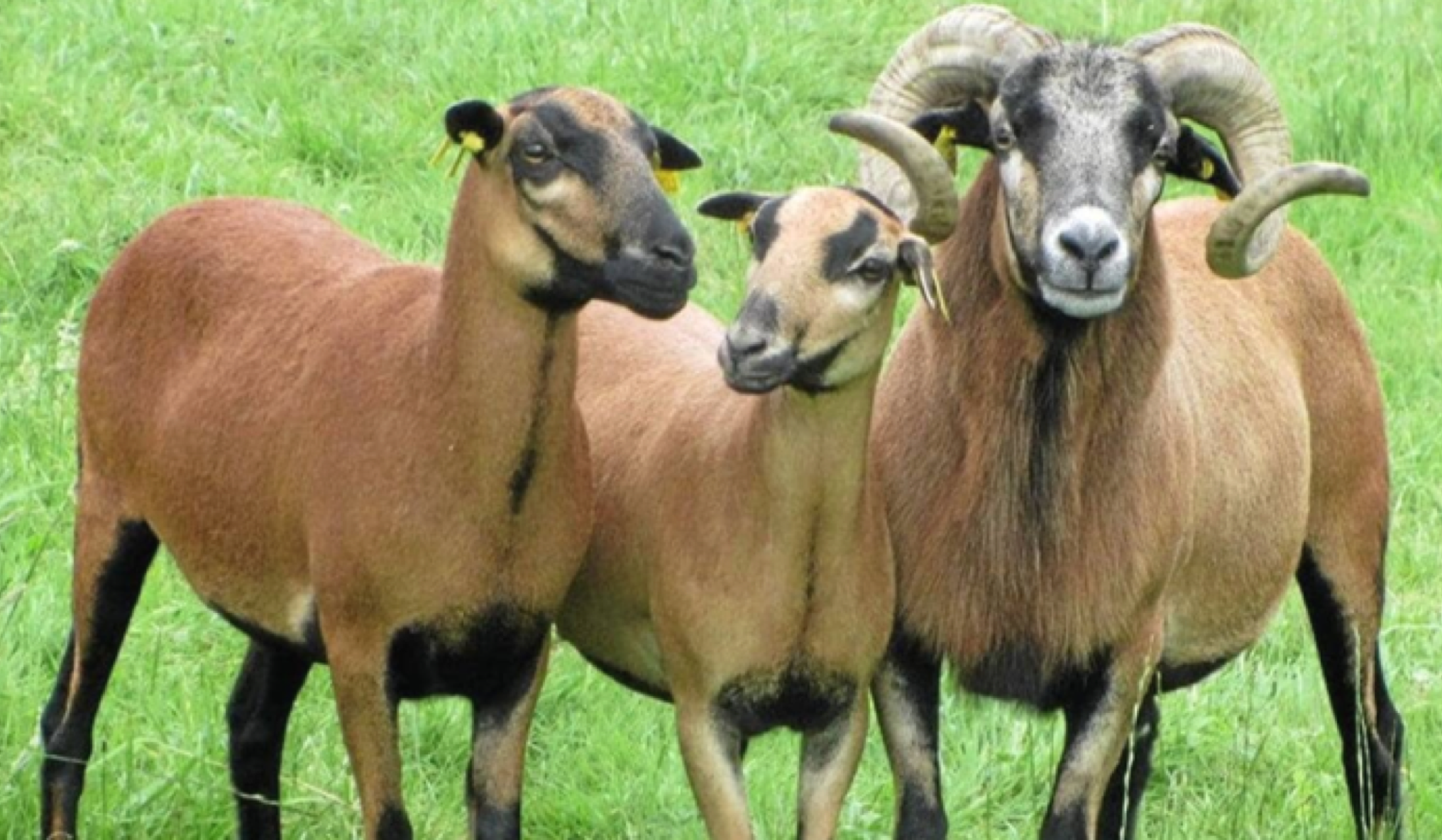
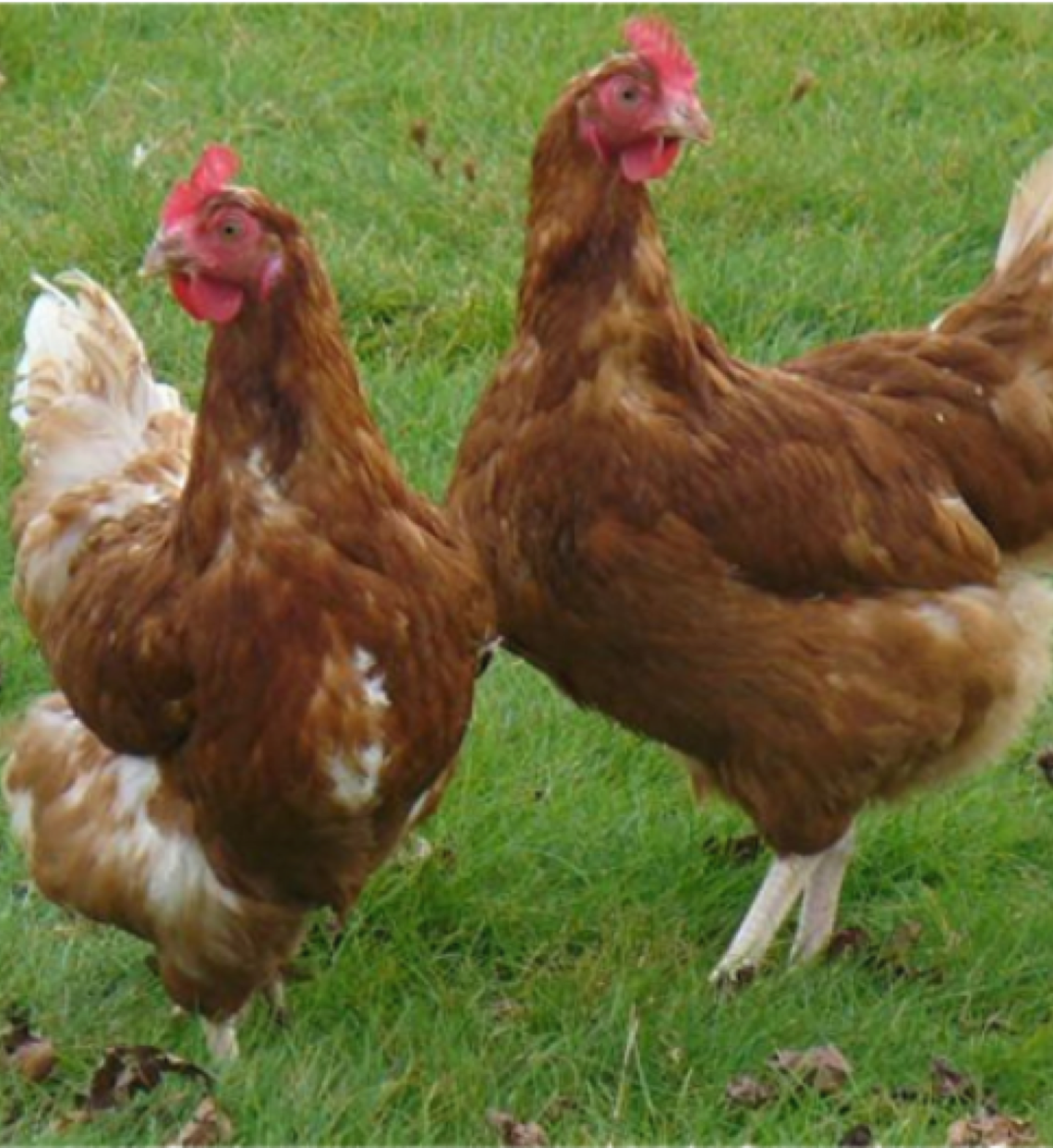
Agricultural livestock consists of raising domestic animals for a production purpose: meat, milk, eggs, leather, wool or manure. It can concern various species: cattle, goats, sheep, poultry, pigs, but also more specialized farms (rabbits, bees, snails...).
Depending on the available resources and objectives, breeding can be extensive (outdoors, few inputs) or semi-intensive (balanced ration, regular care, adapted buildings). Sustainable livestock seeks to respect animal welfare, reduce environmental impacts and enhance local resources (fodder, agricultural waste, etc.).
It plays a key role in mixed agricultural systems: manure production, recovery of crop residues, food supplement. It also participates in food security and the economy of rural areas.
Well managed, agricultural livestock is a strong lever for local development, income diversification and sustainable land valorization.
Breeding adapted to the climate consists of selecting species and breeding practices according to local climatic conditions (heat, humidity, drought, altitude). It favors breeds that are hardy, resistant to diseases and capable of adapting to environmental constraints (e.g. zebus in arid areas, goats in dry climates, local poultry).
This type of breeding limits losses related to thermal stress, water shortages or vector-related diseases. It enhances available natural resources (fodder, local pastures) and reduces dependence on expensive inputs.
The layout of shelters (ventilated, shaded, well drained) and reasonable water management are essential. By integrating climate into livestock design, animal welfare, productivity and resilience of the system are improved.
It is a sustainable way to ensure viable, environmentally friendly and resilient animal production to climate change.
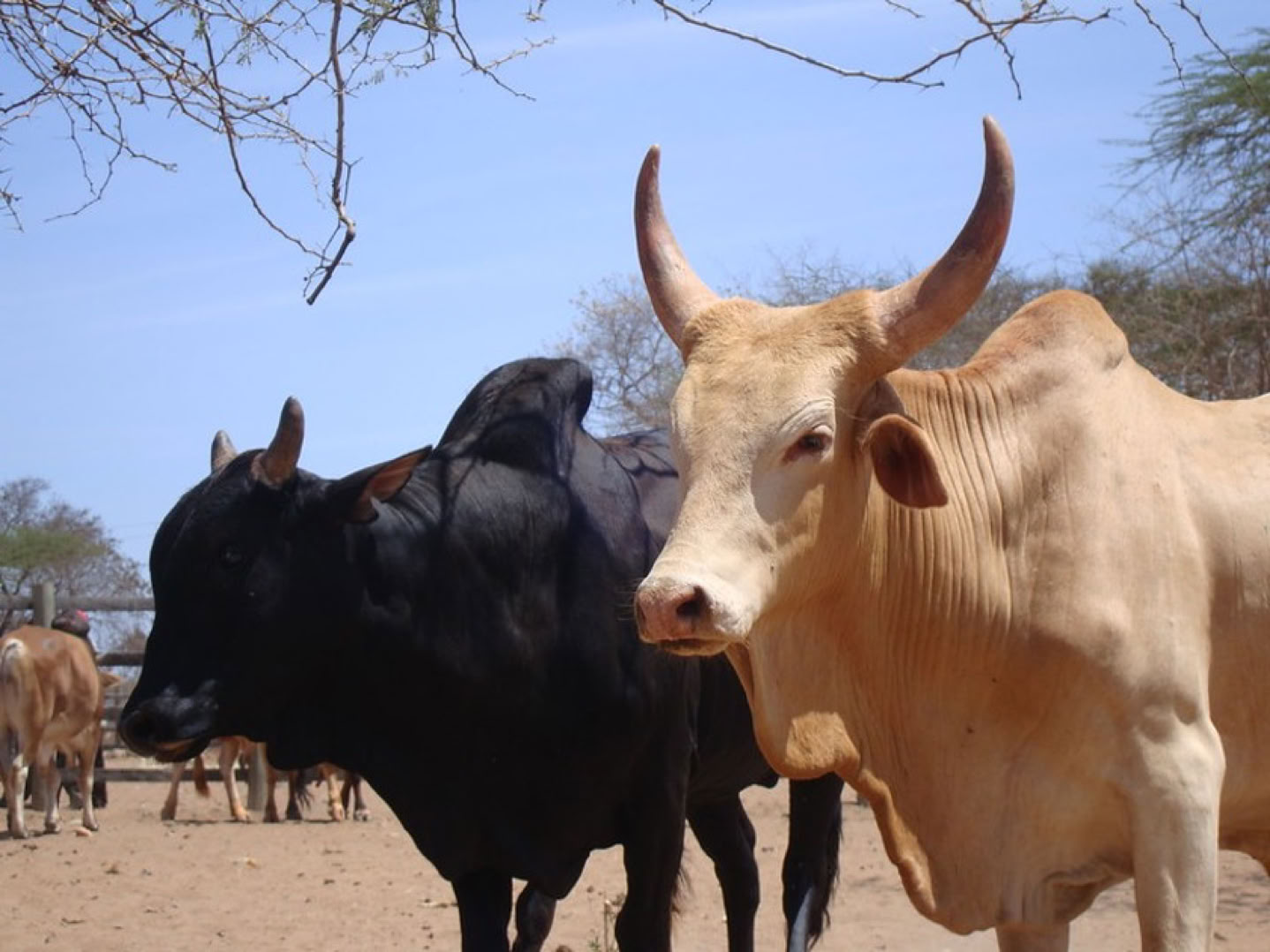
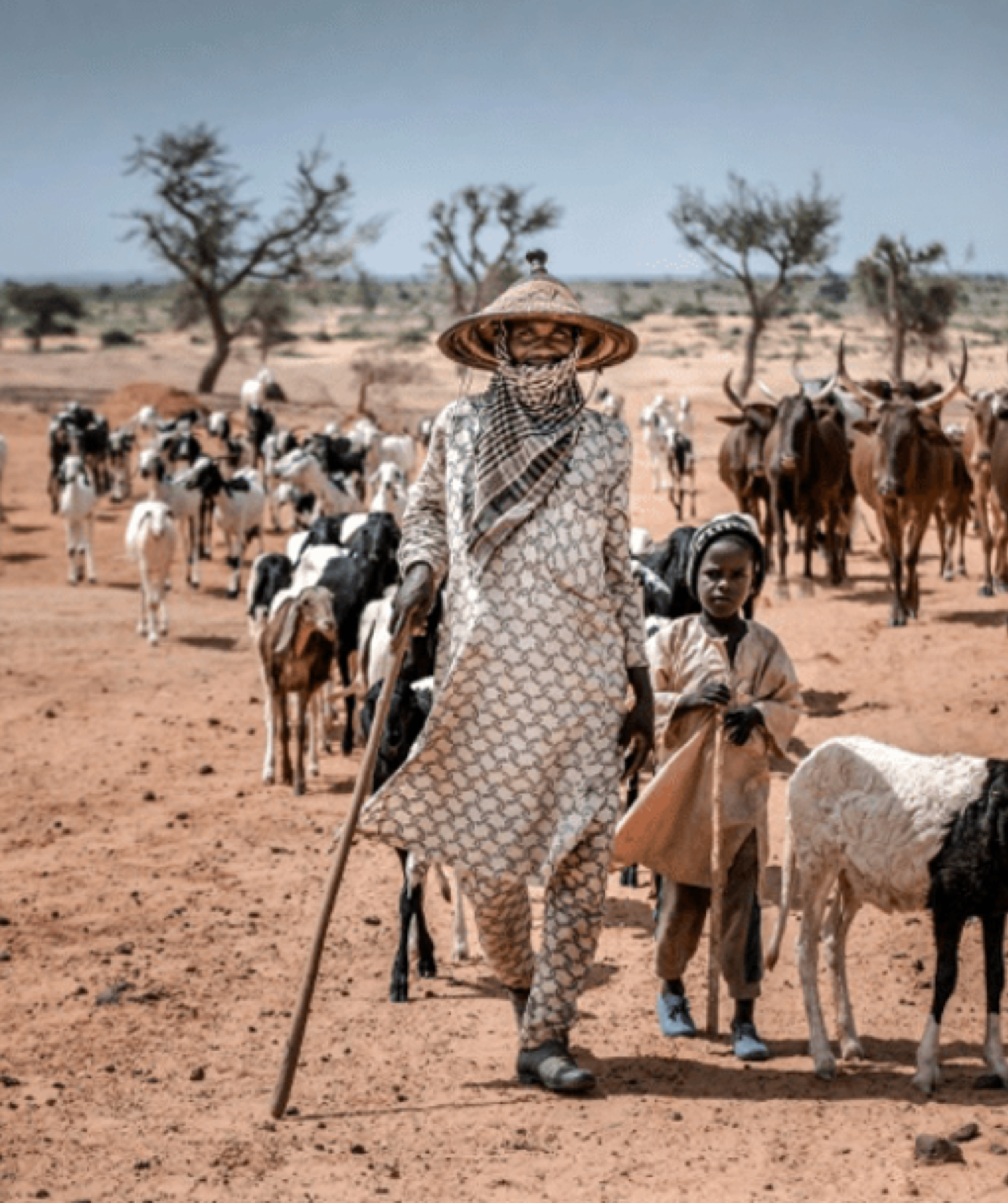
Respect for local customs and religious practices is essential in the establishment of sustainable agricultural livestock and accepted by the communities. Some religions or cultures prohibit the consumption or breeding of specific animals (e.g. pig in Islam, sacred cow in Hinduism). It is therefore essential to know the sociocultural context before choosing the species to raise.
Rituals related to slaughter (halal, kosher), periods of consumption (Lent, Ramadan) or traditions around festivals and ceremonies must also be integrated into the production calendar. Livestock can also have a strong symbolic or social dimension (dowry, status, offerings).
Respecting these aspects promotes the acceptance of the project, strengthens the bonds of trust with local communities, and ensures a smoother marketing of livestock products.
In short, integrating cultural and religious values means showing social intelligence and guaranteeing the human sustainability of the agricultural project.
A well-equipped farm is based on functional infrastructures, adapted to the size of the farm, the chosen productions and local conditions. There is usually a storage shed for tools, inputs and crops, shelters for equipment and ventilated and protected livestock buildings. In rural areas, a secure water point, a rainwater collection system and an autonomous energy source (solar panels, generator) are essential.
The work tools must be robust, easy to maintain and adapted to the context: hoe, manual or mechanical sowings, sprayer, wheelbarrow, tiller depending on the level of mechanization. Irrigation equipment (drip, pipes, solar pumps) are essential in dry areas.
A solid fence, a workers' shelter, a composter and a small monitoring desk can also complete the development. These infrastructures must evolve gradually according to the needs and available means, while remaining practical and sustainable.
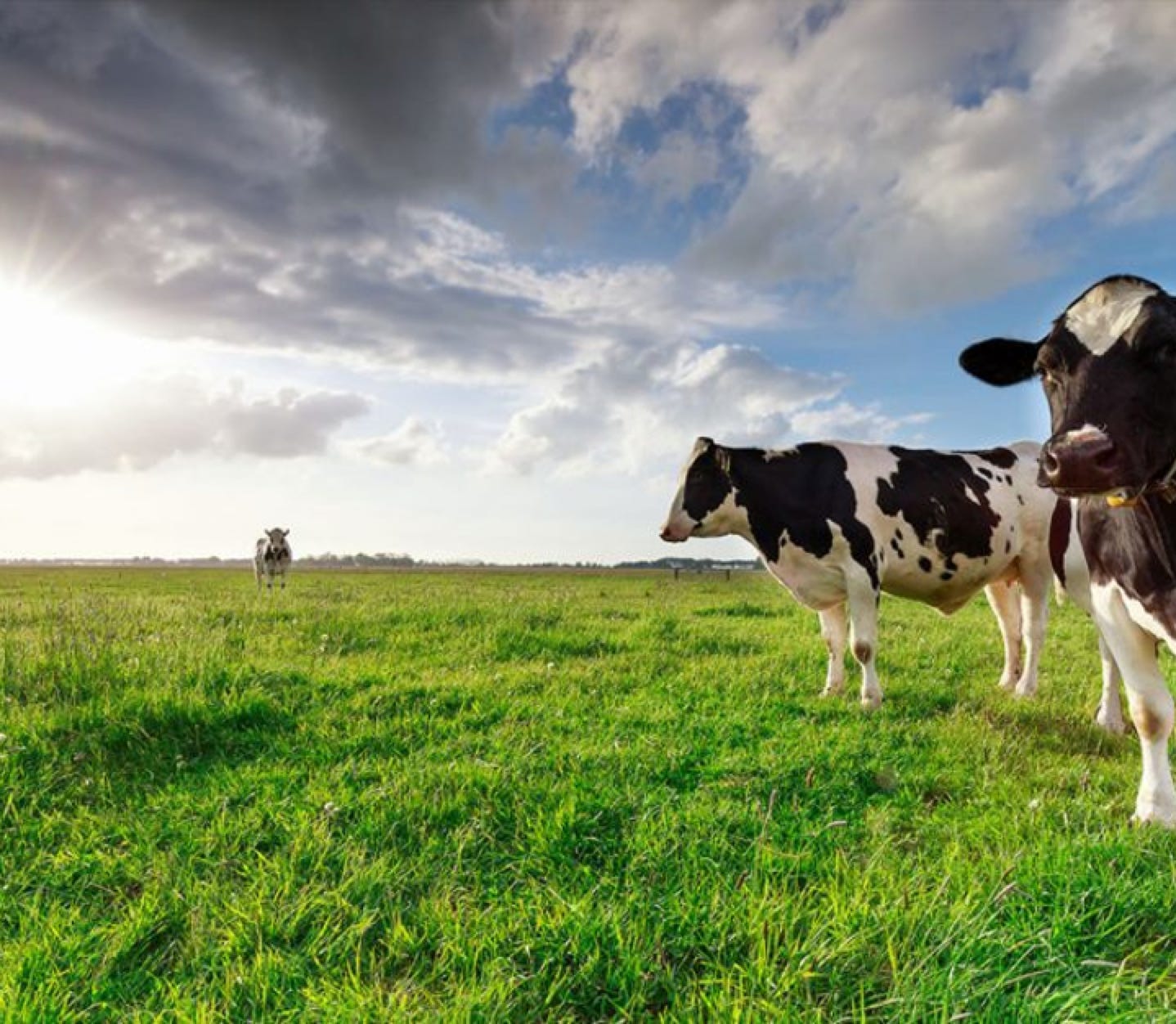
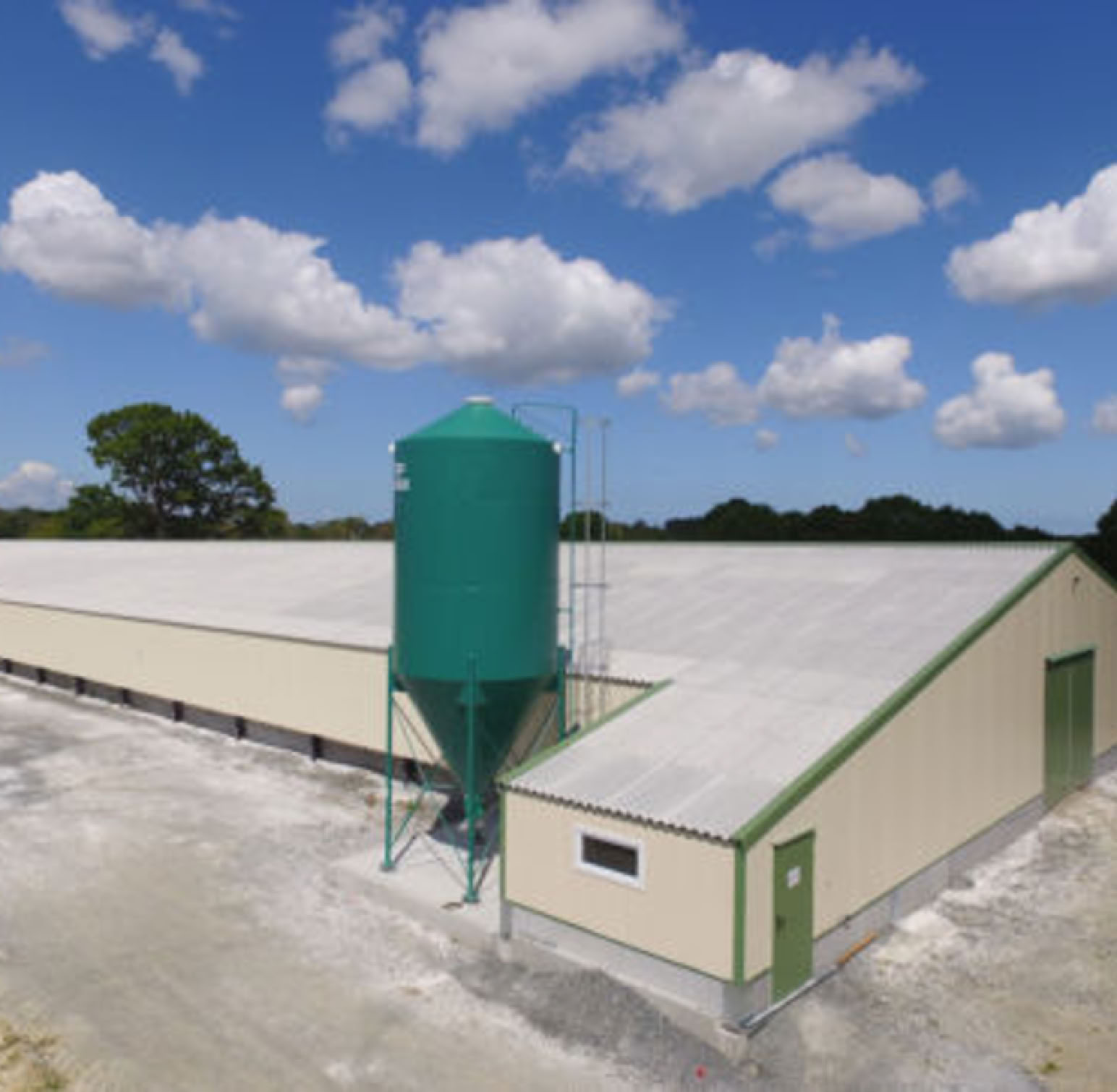
A well-equipped farm is based on functional infrastructures, adapted to the size of the farm, the chosen productions and local conditions. There is usually a storage shed for tools, inputs and crops, shelters for equipment and ventilated and protected livestock buildings. In rural areas, a secure water point, a rainwater collection system and an autonomous energy source (solar panels, generator) are essential.
The work tools must be robust, easy to maintain and adapted to the context: hoe, manual or mechanical sowings, sprayer, wheelbarrow, tiller depending on the level of mechanization. Irrigation equipment (drip, pipes, solar pumps) are essential in dry areas.
A solid fence, a workers' shelter, a composter and a small monitoring desk can also complete the development. These infrastructures must evolve gradually according to the needs and available means, while remaining practical and sustainable.
Animal health and welfare are fundamental pillars of sustainable and ethical livestock. They consist of guaranteeing the animals decent living conditions: balanced diet, access to clean water, adapted shelters, and sufficient space to move. The housing must protect against bad weather, predators and allow good hygiene.
Regular monitoring of the state of health is necessary: deworming, vaccination, veterinary care, and isolation of sick animals. Respect for biological rhythms (reproduction, growth, rest) is also crucial.
Well-being also includes the absence of stress, gentle handling, and respectful slaughter when necessary. A healthy animal is more productive, more resistant, and lives longer.
Caring for animals is not only an ethical duty, but also a guarantee of performance and sustainability for the farm.
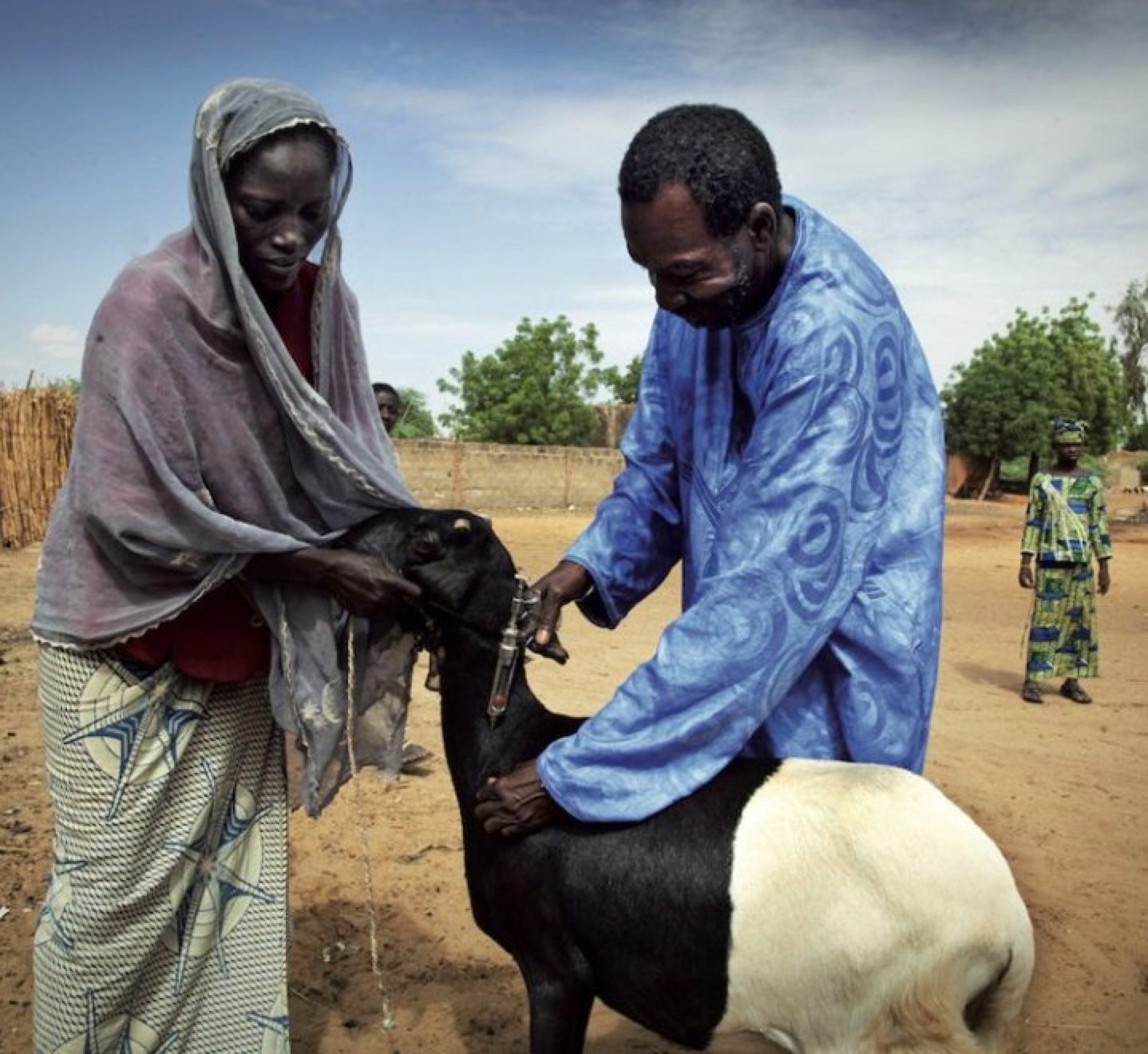
Ce site web utilise les cookies. Veuillez consulter notre politique de confidentialité pour plus de détails.